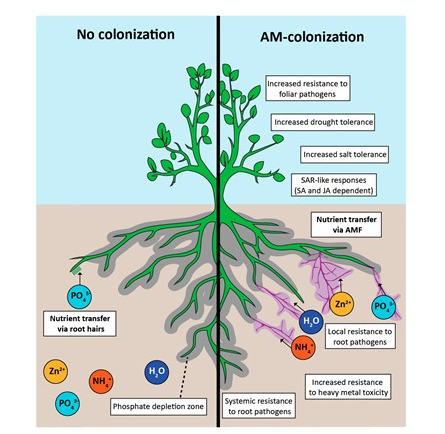- Yiting Ruan and Junjie Wang passed Ph.D defence, congratulations!
- Yilin Mou passed Ph.D defence, congratulations!
- PNAS| Intracellular infection by symbiotic bacteria requires the mitotic kinase AURORA1
- Wenjuan Wu passed Ph.D defence, congratulations!
- Science| NIN-Like Protein Transcription factors regulate leghemoglobin genes in legume nodules

Postdoctor
akumar@cemps.ac.cn
I was born, raised and educated in India where I completed my bachelor’s and master’s degrees in the fields of Chemistry and Biotechnology, respectively. I later completed my PhD in Prof. Asis Datta’s Lab at the National Institute of Plant Genome Research (NIPGR). During my Ph.D tenure I worked on the cloning and characterization of N-acetyl glucosamine (GlcNAc) catabolic pathway genes from Magnaporthe oryzae, which uncovered the secrets of the GlcNAc catabolic gene cluster within the genomes of phytopathogenic fungi and provided evidence for its role in determining virulence of the rice blast fungus.
Currently I am a Postdoc at Centre of Excellence for Plant and Microbial Science (CEPAMS) working at Prof. Jeremy Murray’s Lab in a project to characterize a novel plant gene using molecular biology and biochemical approaches to understand its role in arbuscular mycorrhizal (AM) symbiosis. The AM fungi (AMF) are among the most important beneficial fungal root endophytes, and they are known to colonize the roots of the majority of land plants. AMF are obligate biotrophs, relying on living root tissue for carbohydrate and lipids supply. AMF colonize short roots and replace the function of root hairs. They supply water and nutrients, particularly phosphate but also nitrogen and other minerals including zinc, to the host plant. Inside the roots they form arbuscules and coils that improve the exchange between the symbionts through increased area of contact. Better understanding of this symbiosis will be key to improving plant performance in agriculture.

- Previous:Yisheng Wang
- Next:none

